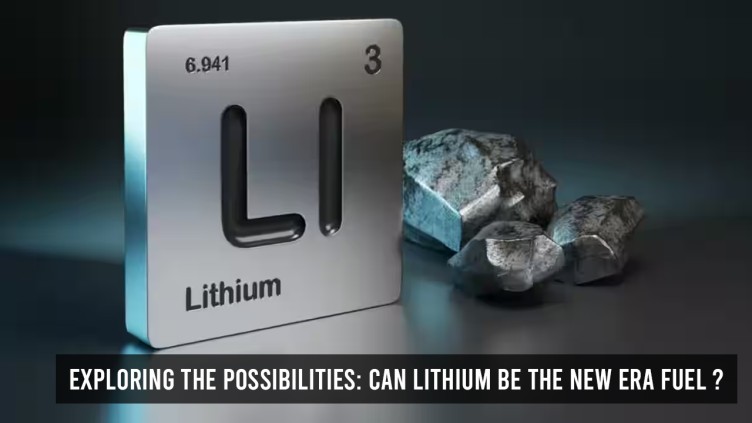Exploring Lithium batteries has been a trend for years. Every era has witnessed a different set of fuel that has driven it. The modern world requires a modern fuel that can help create a sustainable future. This article articulates how Lithium is replacing conventional fossil fuels as the era wants green mobility amid the complexities of global warming.
Exploring Lithium and replacing the fossil fuel
Lithium is an element that can be used as an alternative to fossil fuels. It can be used as lithium-ion batteries, which are becoming increasingly popular in the electric vehicle industry. Lithium is a much more efficient source of energy than traditional fossil fuels, and it emits no harmful emissions into the atmosphere. Additionally, lithium is a renewable resource, and it can be extracted from natural sources such as brine pools, as well as from recycled waste. Lithium-ion batteries are also more cost effective than traditional gas-powered vehicles, making them a more attractive option for consumers.

Extraction of Lithium
Lithium mining is typically done through open-pit mining, where salt-rich brines from subterranean evaporate, and lakes are pumped to the surface, treated, and processed to extract the lithium. Lithium is also recovered from hard rock deposits, such as spodumene. In this case, the ore is crushed and treated with various chemicals and solvents to produce a concentrate, which is then further processed to extract the lithium.
Exploring Lithium Properties
- Lithium is a soft, silvery-white metal that is highly reactive.
- It has the atomic number 3, is the lightest of all metals, and has the lowest density of all solids.
- Lithium has a melting point of 180.5°C and a boiling point of 1342°C.
- It has a very low electrical conductivity and is the least electronegative of all metals.
- Lithium is highly reactive and flammable, making it useful in batteries and pyrotechnic products.
- Lithium is found naturally in rocks and mineral deposits, primarily in the form of lithium chloride.
- Lithium is used in a variety of applications, including batteries, pharmaceuticals, and metal alloys.
Recycling Lithium
The recycling of lithium-ion batteries is becoming increasingly important as the use of these batteries continues to grow. Lithium-ion batteries are used in a wide range of products, including laptops, cell phones, and electric cars. Recycling lithium-ion batteries is a complex process, but it is becoming more widely available in many areas. Recycling lithium-ion batteries ensures that valuable components can be reused, reducing the need to mine for new materials. The process involves breaking down the battery into its individual components and then separating the metals, plastics, and other materials for reuse. This process also helps to reduce the environmental impact of discarded lithium-ion batteries, as the hazardous materials can be safely disposed of.

Lithium supply chain
The lithium supply chain starts with the mining of lithium ore from lithium-rich areas, such as brines in South America and hard-rock mining in Australia. The ore is then transported to processing plants where it is converted into various lithium compounds, such as lithium carbonate and lithium hydroxide. These compounds are then used to make products such as lithium-ion batteries, which are used in a variety of consumer electronics. The batteries are then shipped to electronics manufacturers who assemble the products and sell them to retailers. Finally, consumers purchase the products and use them.
Lithium Reserves in India
A geological survey done by the Geological Survey of India (GSI) on February 9 revealed that India has Lithium in abundance. The survey revealed that in Salal-Haimana area of district Reasi in Jammu and Kashmir has 5.9 million tonnes of lithium. This discovery of lithium in India could come as a game changer for India. Talking of the international market USGS mineral commodity concludes that globally identified lithium resources have been revised to 80 million tonnes. However, the lithium that can be processed is around 22 million tonnes and Chile as the leader in the global market have 9.2 million tonnes of lithium in reserves.
Conclusion
Lithium is a good source of energy that is renewable making it a great fit for the global rising concerns of global warming. Lithium-ion batteries have become a new alternative to fossil fuels and are in demand. This article concludes the fundamentals of lithium and its use in new energy vehicles.
For More Updates Follow Us

No responses yet